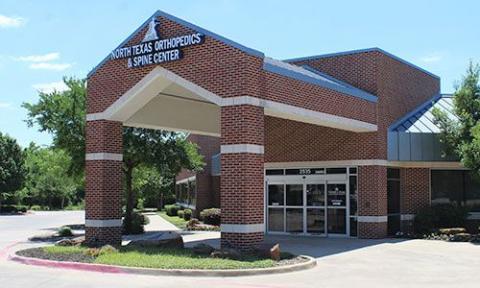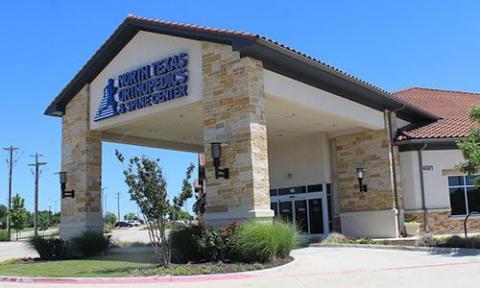A scaphoid fracture is a common injury to one of the small bones in the wrist, typically caused by a fall onto an outstretched hand. While some scaphoid fractures heal with non-surgical methods, severe cases may require a surgical procedure known as open reduction internal fixation (ORIF). In this blog post, we’ll discuss the causes, symptoms, diagnosis, and treatment of scaphoid fractures, with a focus on the ORIF procedure.

The scaphoid is a small, boat-shaped bone located on the thumb side of the wrist. It plays a critical role in wrist stability and function. Scaphoid fractures are often challenging to heal due to limited blood supply to the bone, particularly in cases where the fracture occurs in the middle or proximal portion.
The primary causes of scaphoid fractures include:
Common symptoms include:
Diagnosis involves:
ORIF is a surgical procedure used to stabilize and repair severe scaphoid fractures. The procedure involves:
ORIF is typically recommended for:
Recovery from ORIF involves several stages:
While ORIF is a highly effective procedure, it carries some risks, including:
In some cases, scaphoid fractures can heal without surgery. Non-surgical options include:
These methods are typically reserved for non-displaced fractures.
To reduce your risk of scaphoid fractures:
A scaphoid fracture can significantly impact wrist function, but procedures like ORIF offer effective solutions for severe cases. With timely intervention and proper rehabilitation, most individuals can regain full use of their wrist. If you suspect a scaphoid fracture, seek medical attention promptly to determine the best course of treatment.
For more information about wrist injuries and surgical options, explore our blog or schedule a consultation with one of our specialists today.
See why our patients love our physicians, quality of care, and amazing results.
*Based on Independent Market Research


© 2024, North Texas Orthopedics & Spine CENTER. All rights reserved.